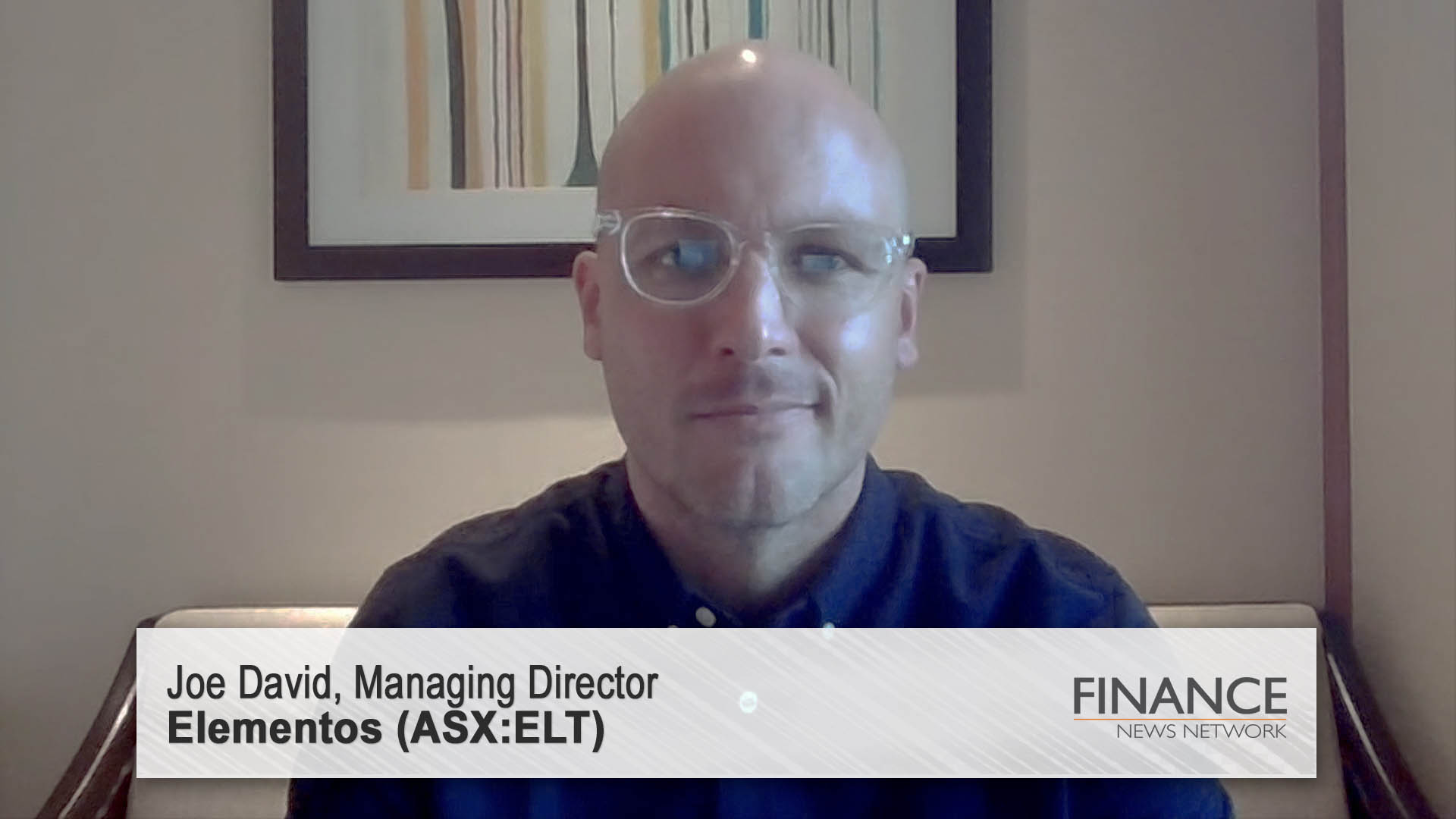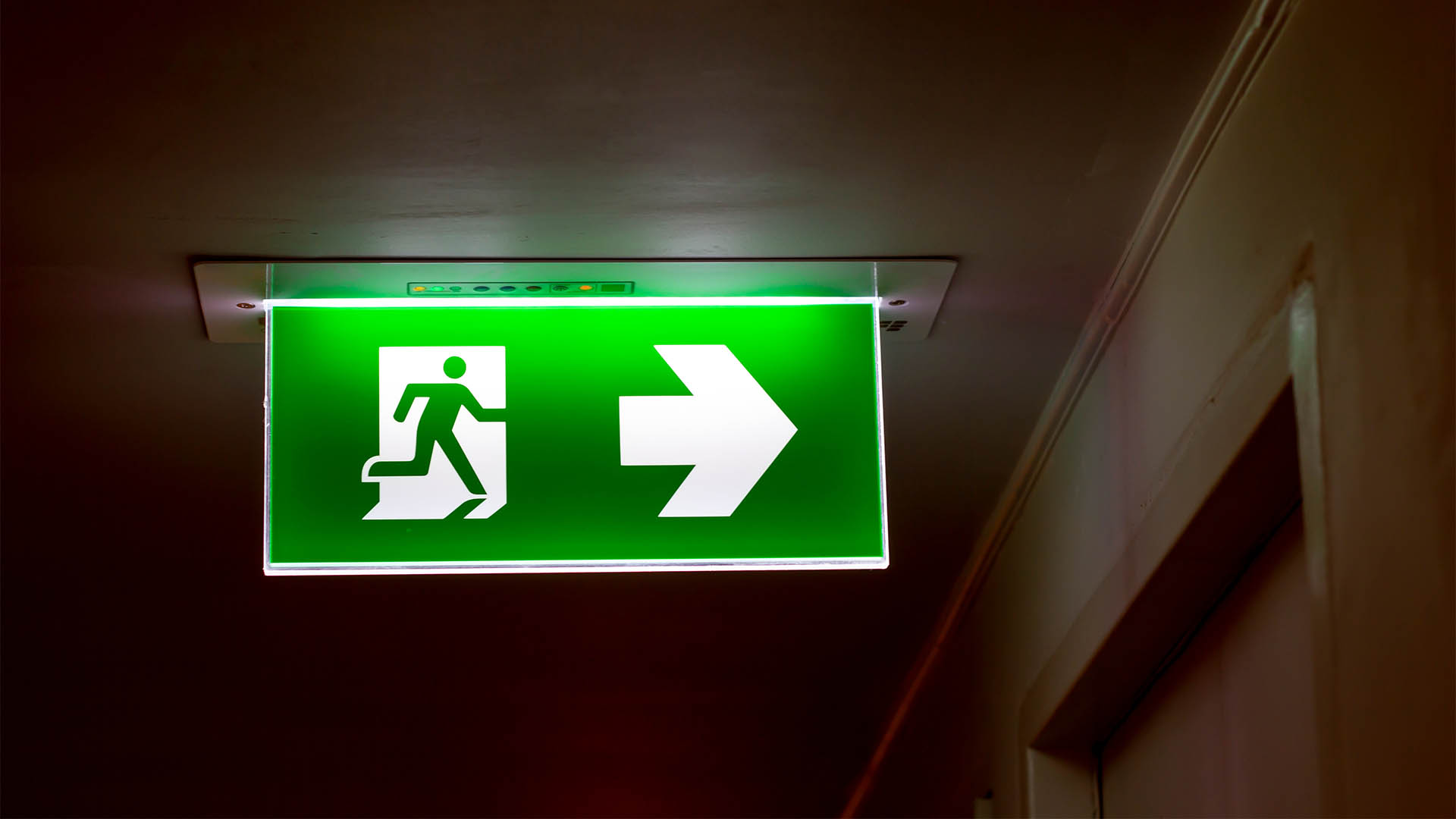
It’s not that often that a very high inflation figure produces such a calm reaction in our financial markets.
But that’s what happened yesterday with everyone shrugging off the worst annual rate since December quarter of 1995.
As expected consumer price inflation hit a 13 year high in the September quarter, rising 1.2% in the three months to give an annual rate of 5%.
It wasn’t a surprise as the RBA has warmed up the audience by consistently forecasting an outcome around this figure
And it won’t stop the Reserve Bank from cutting interest rates at its meeting on November 4, although the mooted 0.50% off the cash rate of 6% might be reduced to 0.25% the way money market rates are falling.
The central bank is no longer looking at solely inflation; it is targeting demand levels in the economy via lending rates for borrowers, especially home buyers.
Growth and protecting the economy against a hard landing is the mantra.
So it’s probably still on track for a cut of 0.50%, but should the banks cut their rates again before November 4, a rate cut of half that might result.
But we are along way from where the UK (now in recession according to the Bank of England overnight Tuesday) and the US (heading for a nasty slump, according to a building consensus on Wall Street).
We still have some growth in the tank, its mainly coming from mining and government spending, but it’s still positive.
The CPI figures from the Australian Bureau of Statistics confirmed the earlier predictions from RBA Glenn Stevens, and the bank itself of a high level of inflation in the quarter (near 5.0% was nominated).
And, there’s more to come; the RBA has indicated it sees another high inflation rate in the current quarter, before a downturn in inflation in the first six months of next year, as the minutes of the October 7 meeting, released yesterday showed.
"Although the September quarter CPI, to be released before the next meeting, was likely to show an increase of around 5 per cent over the year, members noted that the current staff forecast was for inflation to start to decline in 2009.
Moreover, the recent deterioration in global growth prospects, together with the more difficult market conditions even for creditworthy borrowers, increased the risk that demand and output could be significantly weaker than earlier expected. In that scenario, inflation would most likely fall faster than expected previously.”
The rate for the quarter though was down on the high 1.5% in the June quarter, but the annual rate was up on the 4.5% of June.
The Reserve Bank’s favoured measures, the weighted mean and the trimmed mean both recorded rises in the quarter and in the annual rate.
The two, the weighted mean and the trimmed mean rose by an average 4.7% in the year to September, compared with 4.4% in the year to June. That’s a high for those measures.
The ABS said that the annual rate for the year top the end of September of 5.0% was "the largest annual change since December quarter 1995, excluding the period associated with the introduction of the GST."
The ABS said the major drivers for the quarter were for rents (+2.1%), water and sewerage (+12.3%), house purchase (+1.3%), automotive fuel (+2.0%), deposit and loan facilities (+1.9%), overseas holiday travel and accommodation (+4.9%), electricity (+4.6%) and property rates and charges (+6.1%).
Higher water, sewerage and electricity charges were major factors in pushing producer prices up 2% in the quarter and 5.6% for the year to September.
Many of these charges are set or approved by state governments or their regulatory bodies, so there’s not only responsibility at a Federal level and in business for the higher costs. State Labor Governments struggling to get returns from infrastructure, were a major factor.
In contrast, the factors that produced cost decreases were minor or a result of a statistical quirk.
The ABS said these factors were: "child care (-22.9%: that’s the statistical quirk), pharmaceuticals (-3.9%), audio, visual and computing equipment (-3.9%) and motor vehicles (-0.7%).
The ABS said the CPI rose in all capital cities this quarter: Darwin rose 1.7%, Canberra 1.5%, Brisbane 1.4%, Adelaide 1.3%, Melbourne 1.2%, Sydney and Hobart 1.1%, while Perth saw a 1.0% increase.
"At the expenditure group level, housing was the most significant contributor in all cities.
“Food prices rose in all cities and were the second most important contributor in Melbourne, Canberra, Adelaide, Sydney and Hobart.
In Brisbane the second most important contributor was transportation. In Darwin it was recreation, while in Perth it was alcohol and tobacco.
“Financial and insurance services was a significant contributor in all cities except Darwin.
"Rents and house purchase were significant contributors in all cities. Water and sewerage prices rose strongly in all cities except Brisbane and Darwin.
"Deposit and loan facilities contributed strongly in all cities, while automotive fuel contributed strongly in all cities except Canberra and Perth," the ABS said.
Overall, the figure and the PPI for the quarter (released on Monday) confirm that the central bank’s concerns earlier in the year about rising levels of inflation were spot on.
The central bank was also worried about the inflationary pressures being transferred into rising wage claims because of tightening employment levels and increasing resource shortages.
But those concerns were partly met by the rate hikes in February and March, and then the com













